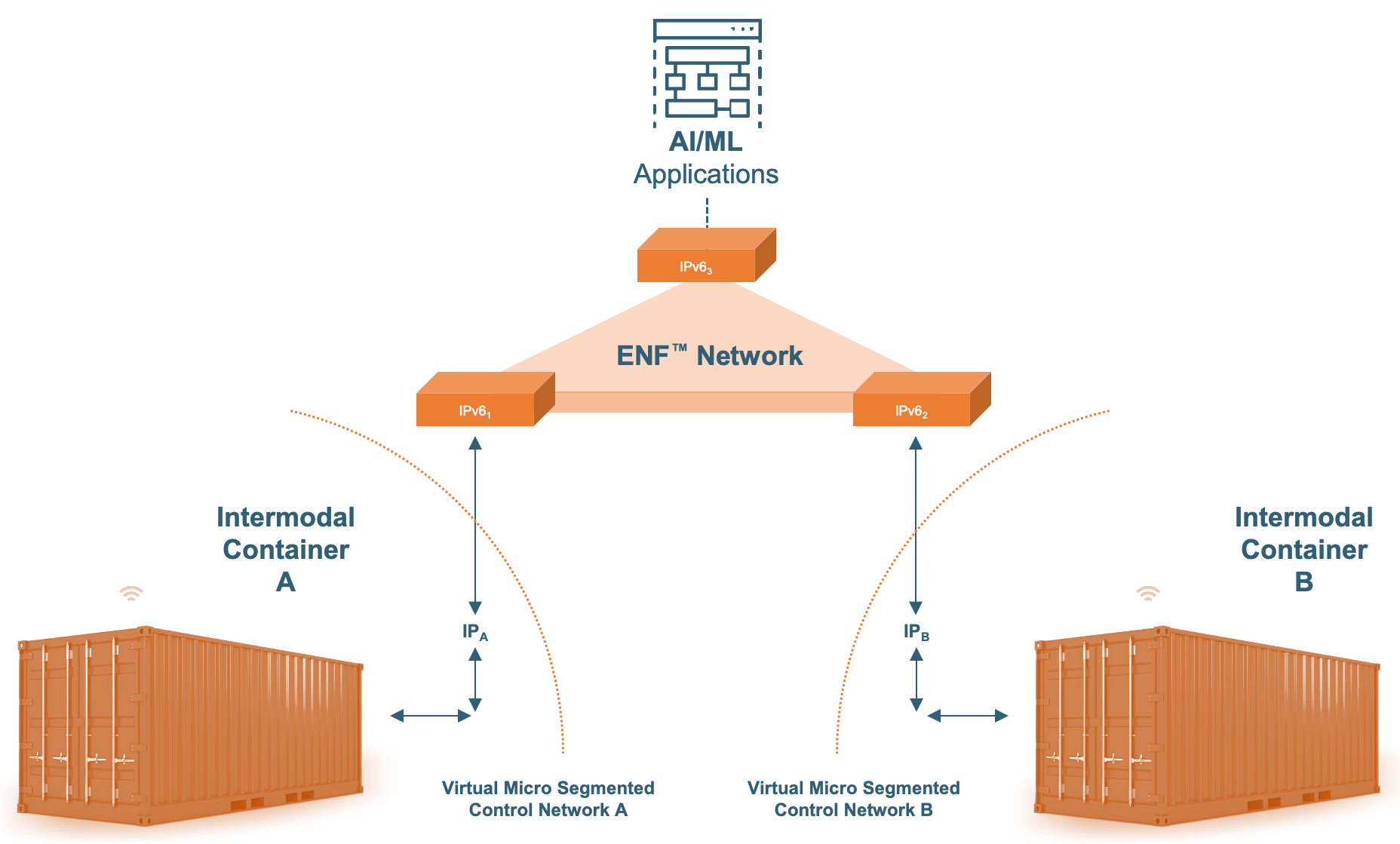Digitally connecting freight carrier assets or marine container vessels allows for efficient management. Today, proactive and responsive condition-based maintenance can be implemented using real-time fleet data. Given the advances in edge computing, operators can gain granular visibility into the packages and containers being shipped as well as the diverse field operations. They can increase the fleet’s utilization rate or the supply chain performance while reducing idle time significantly.
The complex interconnectedness of freight logistics creates room for malware, denial of service, and system hacks. Possibly prevented by Zero Trust Networking, the well-publicized Maersk incident (2017) led to the disconnection of its entire global network, substantially impacting annual financial performance as well. It is clear that the opportunities presented by digital transformation come with their fair share of challenges and failure to address these can be catastrophic.

The most notable outcomes of extending Xaptum’s SASE (Secure Access Service Edge) fabric to connected, dispersed assets and shipments are as follows:
Dispersed OT endpoints are assigned unique, permanent IP identities to allow persistent remote tracking from a central pane-of-glass dashboard. Building operators and their insurers can leverage the resulting visibility (into previously invisible OT networks) to assess underwritten risks, while instrumentalizing end-to-end data trails to quantify exposure. To learn more about how the ENF facilitates seamless convergence of OT and IT, please refer to FAQs on the topic.
To mitigate the growing attack surfaces and cyber risk exposure, the ENF uses default-deny firewall rules in isolating remote endpoints, protecting their digital traffic and masking their public identities. It enables seamless microsegmentation of physical network assets or intermodal containers across maritime vessels or freight carriers into policy-based security zones.
The hardware-backed, end-to-end, security bundle is essentially a solution-ready package (SRP), offered potentially with tier-1 partners that are experts in the field, to manage dispersed and demanding edge applications. Such prepackaging goes hand in hand with ENF’s flexibility over last-mile connectivity to help end-customers cut costs and accelerate deployments globally. Please refer to FAQs on the topic to learn more.
Contact us and we’ll get back to you as soon as possible.
Contact Us